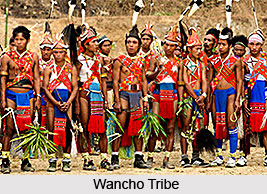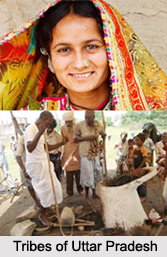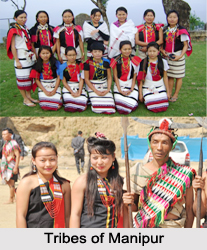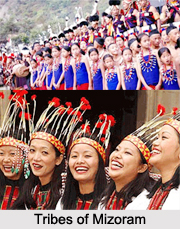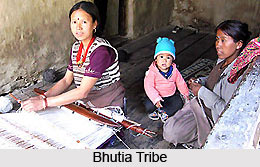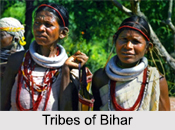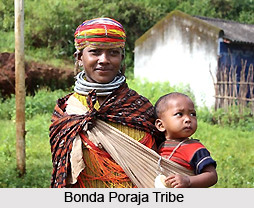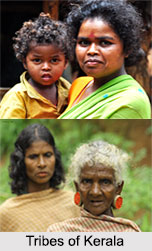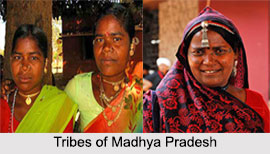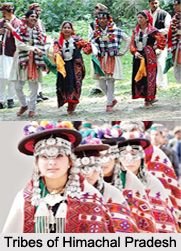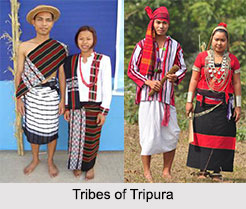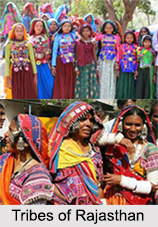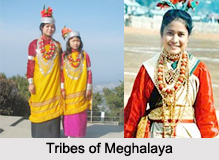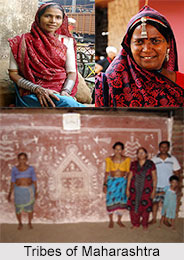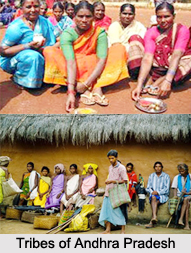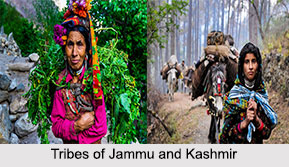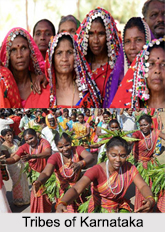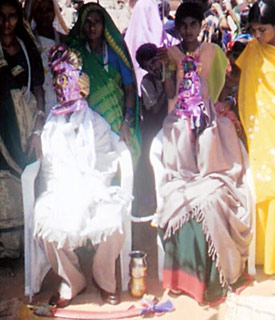 Tribal society of Gujarat is unified and the subtle differences that are observed are because for the economical and modern administrative system of the tribal communities. There is a sense of oneness among the members of the tribal communities.
Tribal society of Gujarat is unified and the subtle differences that are observed are because for the economical and modern administrative system of the tribal communities. There is a sense of oneness among the members of the tribal communities.
The tribal people give equal respect and freedom to the women of the community. The women of the tribal communities of Gujarat mix freely with men in all spheres of life. They are free to take up any occupation like the men of the community and even in the matter of marriage, the consent of the bride is given importance and they are given the freedom to take necessary decisions of their personal lives. Though marriages arranged by parents are customary among the tribal communities, the more popular forms seem to be marriages of love preferably those made by elopement with the eloped lovers returning home after a few days spent in hiding. Their parents then complete the formalities and celebrate the wedding.
The custom of levirate is common among the Bhil tribes, the Dhankas and many other tribes in Gujarat. Literacy among the Adivasis has spread with the opening of hundreds of schools (Ashram Shalas) in the tribal belt by social reformers.
The influence of the Christian Missionaries activities in Broach, Surat and Bulsar and of the Arya Samajists in Surat has had a considerable impact on Adivasi thinking. The enactment of the prohibition law has, to a large extent, helped in improving the tribal way of life.
The tribal communities of Gujarat have produced ministers and legislators in Gujarat from among the Choudhury, Vasawa, Bhil, and Dhodia groups. They are also to be found as doctors, professors, journalists, government officers, contractors, businessmen, lawyers and magistrates.
It is claimed that the communities of Gujarat gave India her first civilisation. In the physical forms and physiognomical characteristics represented in the old sculpture of Bharhut, Sanchi, Bodh Gaya, Karla, Ajanta and Khajuraho temples and also in their dress and coiffure, one can see the art prototypes of the present day communities. The communities of the Bhils, Murias, Gonds, Baigas and Santals, from time immemorial, have inhabited the regions where these centres of artistic achievement are located. The affinity of the low relief wood carvings, particularly in the funerary pillars and temple doors of the Marias, with the style of carvings of the gateways of Bharhut and the Sanchi stupa, is unmistakable.
Among the arts and crafts of the tribal communities of Gujarat, the most interesting are textiles, wood and ivory carving, horn, bamboo and cane work and the making of a variety of archetypal bronzes used for ritual and domestic purposes. It is surprising how the technique of bronze casting practiced in India from the proto historic age survives today in the tribal craftsman`s method of bronze casting.
The cult of the totem is an important feature in the tribal culture, which has conditioned the life and thought of the people and their arts and crafts. The totem is deeply revered in each clan and many of the significant forms and colours used by them bear an intimate relationship with their life. Totems are propitiated through rituals and magic.
Dance, with all its intricacies, is a salient feature of the social expression of the tribal communities and constitutes an important part of ceremonies connected with marriage, harvesting and funeral rites. The aesthetic awareness is also revealed in their personal adornments and belongings.
